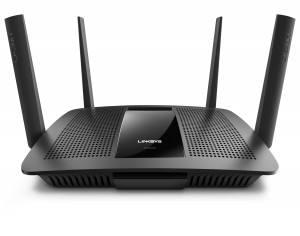Four more US cities to benefit from Google Fiber competition
Article
Google Fiber Eyes Louisville, Irvine and San Diego Expansions | Broadband News & DSL Reports
From the horse’s mouth
Google Fiber
My Comments
![US Flag By Dbenbenn, Zscout370, Jacobolus, Indolences, Technion. [Public domain], via Wikimedia Commons](https://homenetworking01.info/wp-content/uploads/2014/08/Flag_of_the_United_States.svg_-300x157.png) I have been covering Google Fiber’s rollout of competing fibre-optic Internet service to various communities in the US and how this is bringing about real competition to the communities’ Internet-service markets. Examples of this include an impending Google Fiber deployment in Raleigh, North Carolina putting the existing ISPs on notice with them offering a similar-speed Internet service to their customers.
I have been covering Google Fiber’s rollout of competing fibre-optic Internet service to various communities in the US and how this is bringing about real competition to the communities’ Internet-service markets. Examples of this include an impending Google Fiber deployment in Raleigh, North Carolina putting the existing ISPs on notice with them offering a similar-speed Internet service to their customers.
Some more communities are now to be touched by this competitive spirit, this time in California where there is a strong start-up and IT-driven business culture. The Californian communities are Irvine, which was where Linksys started from, along with San Diego; while Louisville in Kentucky which has the “Code Louisville” software-development effort is also to benefit. IAt the moment, Google is “checking the boxes” by getting things worked out and approved with the various local governments, “chalking out” where utility lines are and the like so they can start working.
I wouldn’t put it past AT&T, the Big Red or Comcast to get their act together once they know this is going on and “sweeten the deal” for their subscriber bases to avoid the inevitable churn to Google Fiber before the soil is turned. Definitely, things are looking up for competitive Internet service in the USA.

